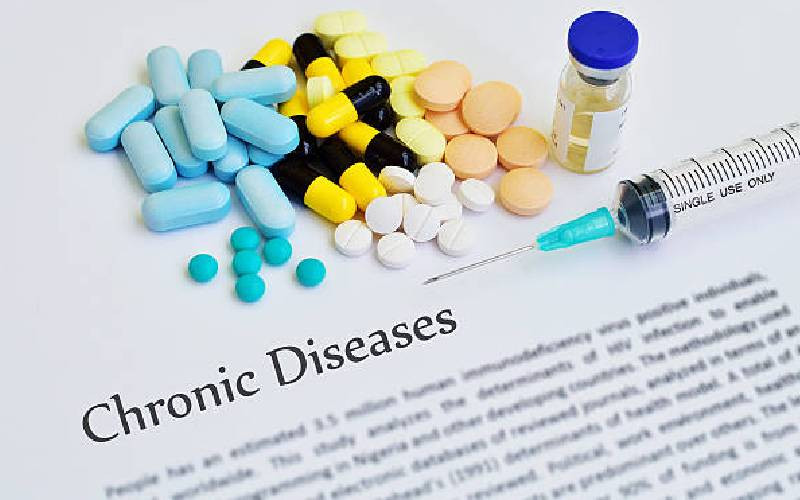Kenya has unveiled an ambitious five-year plan aimed at reducing syndemic diseases including HIV/AIDS, tuberculosis (TB), and malaria by 95 percent by 2030. The Kenya Syndemic Diseases Integrated Strategic Framework 2025–2030 outlines a coordinated approach that not only aims to curb new infections but also seeks to cut mortality linked to these diseases by 50 percent.
The new framework emerges in response to long-standing challenges that have hampered effective disease control. These include fragmented health operations, heavy dependence on external donor funding, and growing threats such as antimicrobial resistance. Additionally, the health sector continues to face limited institutional capacity for comprehensive disease management and prevention.
The plan promotes a multi-sectoral, integrated approach to disease prevention and control. It aims to improve domestic resource mobilization to reduce donor dependency and ensure fiscal sustainability. One of its boldest goals is achieving 100 percent domestic financing for the national syndemic response.
Another critical target within the framework is reducing stigma and human rights violations associated with syndemic diseases to below 10 percent. It also emphasizes the integration of services related to HIV, TB, malaria, and non-communicable diseases (NCDs) into cohesive delivery models. This is intended to address the rising burden of co-morbidities and enhance the efficiency of health services.
Recent assessments have highlighted significant vulnerabilities in the current system. Following the withdrawal of US government funding, a Rapid Results Initiative evaluated over 5,000 health facilities across the country. The findings revealed that more than 40 percent of these facilities experienced disruptions in service delivery, while the majority of counties reported human resource shortages.
Challenges in reducing HIV infections continue to include poor health-seeking behavior, persistent stigma, limited availability of HIV testing kits, and inconsistent supply of preventive commodities such as condoms. Compounding these issues is the fact that over 80 percent of counties had been relying on donor funding for HIV-TB programs.
The framework is positioned as a foundation for Kenya’s transition toward a self-sufficient, resilient health system. Its implementation is expected to foster long-term capacity, sustainability, and responsiveness in the country’s fight against syndemic diseases.

